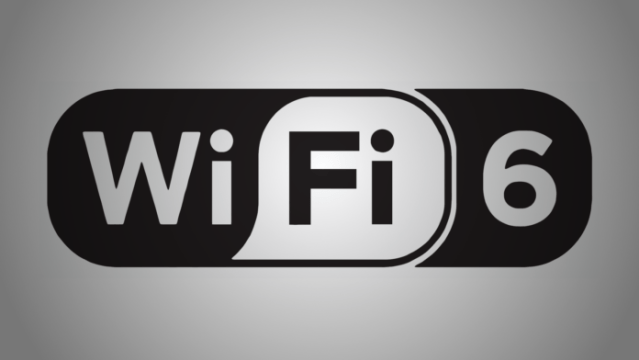Standard Wi-Fi codes are unnecessarily complicated, like “802.11ac”. The numbers actually are an important indicator for what Wi-Fi standard devices work with, but for the rest of us, it’s virtually meaningless.
Wi-Fi 6 seeks to solve that problem. It’s a new way of looking at Wi-Fi, introduced by an updated standard that will officially arrive at the end of 2019. The Wi-Fi Alliance is the organization in charge of deciding, developing, and designating Wi-Fi standards. As devices become more complex and internet connections evolve, the process of delivering wireless connections also changes. That means that Wi-Fi standards need to be periodically updated so that new technology can flourish and everything can remain compatible. But the awkward naming of Wi-Fi standards has become a real annoyance. The Wi-Fi Alliance is aware of this, which is why they announced a new way to label Wi-Fi standards, simply by referring to the number of the generation. This will apply to the upcoming Wi-Fi 6, but will also be retroactive, applying to older standards. For example:
But the awkward naming of Wi-Fi standards has become a real annoyance. The Wi-Fi Alliance is aware of this, which is why they announced a new way to label Wi-Fi standards, simply by referring to the number of the generation. This will apply to the upcoming Wi-Fi 6, but will also be retroactive, applying to older standards. For example:
802.11n (2009) = Wi-Fi 4
802.11ac (2014) = Wi-Fi 5
802.11ax (upcoming) = Wi-Fi 6
There are a lot of new Wi-Fi technologies on the rise, and Wi-Fi 6 helps standardize them. Some of the new pieces include lower latency. Reduced latency means there are shorter or no delay times as data is sent. Everyone wants low latency connections because it improves load times and helps avoid disconnects and other issues. Wi-Fi 6 lowers latency compared to older Wi-Fi standards, using more advanced technology. Basically, it’s better at packing data into a signal.
Wi-Fi 6, will also be faster. By offering full support for technologies like MU-MIMO, connection quality will vastly improve for compatible mobile devices, which should also speed up content delivery. Even if you don’t upgrade your internet speed, such improvements can improve the speed of your Wi-Fi data anyway, so you get more information, faster. It also means fewer dead zones, thanks to some expanded beamforming capabilities. Beamforming is the trick your router uses to focus signals on a particular device, especially if it looks like that device is having trouble with a connection. The new standard expands the range of beamforming and improves its capabilities, making dead zones in your house even less likely.
It also means fewer dead zones, thanks to some expanded beamforming capabilities. Beamforming is the trick your router uses to focus signals on a particular device, especially if it looks like that device is having trouble with a connection. The new standard expands the range of beamforming and improves its capabilities, making dead zones in your house even less likely.
Lastly, Wi-Fi means better battery life. There’s a term called “TWT” or target wake time, a new technology that Wi-fi 6 embraces. This helps connected device customize when and how they “wake up” to receive data signals from Wi-Fi. It makes it much easier for devices to “sleep” while waiting for the next necessary Wi-Fi transmission (this does not mean your device is turned off, just the parts used for Wi-Fi). In turn, this has the potential to save a significant amount of battery life for devices, which should make everyone happy.
Most of the devices around 2020 and later are expected to be Wi-Fi 6, so you will have to wait a year or so before seeing these devices out in the wild.





